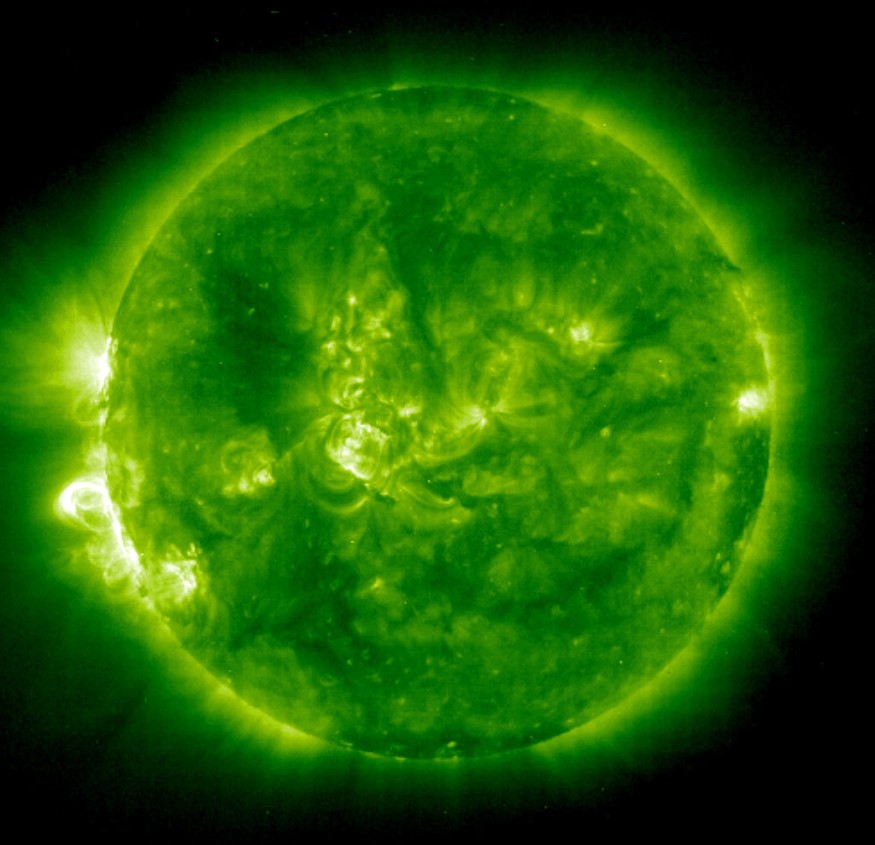The mysterious motions within a solar flare had been first observed by astronomers and scientists in January 1999. Since then, they had always wondered about these "finger-like features" that displayed a downward flow of motion, like it is being pulled towards the Sun.
Eventually, astronomers described the motions as "downward-moving dark voids" and were able to offer a new explanation for the poorly understood downflows.
"We wanted to know how these structures occur," a statement of lead author and CfA astronomer Chengcai Shen in Phys.org. "What's driving them and are they truly tied to magnetic reconnection?"
Origin of the finger-like features

The downflows, now referred to by the scientific community as supra-arcade downflows (SADs), are believed to be tied to a magnetic reconnection since its discovery.
Their study published in Nature Astronomy defined magnetic reconnection as a "universal process that powers explosive energy-release events such as solar flares, geomagnetic substorms and some astrophysical jets."
"On the Sun, what happens is you have a lot of magnetic fields that are pointing in all different directions. Eventually the magnetic fields are pushed together to the point where they reconfigure and release a lot of energy in the form of a solar flare," says study co-author and CfA astronomer Kathy Reeves.
However, the team were surprised to see that the downflows observed were "puzzlingly slow," says co-author Bin Chen, an astronomer at the New Jersey Institute of Technology. The team explained in SciTech Daily the "catch".
"This is not predicted by classic reconnection models, which show the downflows should be much quicker. It's a conflict that requires some other explanation," Shen said.
Like water and oil
After carrying out three-dimensional simulations of solar flares and comparing model predictions with the observed plasma downflow features, results show that most SADs are not generated by magnetic reconnection after all, but a result of two fluids with different densities interacting and forming on their own in the turbulent environment - like water and oil mixed together.
"We conclude that these dark downflows are self-organized structures formed in a turbulent interface region below the flare termination shock where the outflows meet the flare arcade, a phenomenon analogous to the formation of similar structures in supernova remnants," the authors wrote.
Reeves explains that the two different fluid densities are "unstable and ultimately separate".
Nonetheless, the scientists believe that magnetic reconnection can be understood better by studying further SADs and other solar phenomenon using 3D simulations.
With the understanding of the processes that drive solar flares and eruptions from the Sun, they aim to ultimately help develop tools that can forecast space weather and mitigate its impacts to our planet.
© 2025 NatureWorldNews.com All rights reserved. Do not reproduce without permission.





